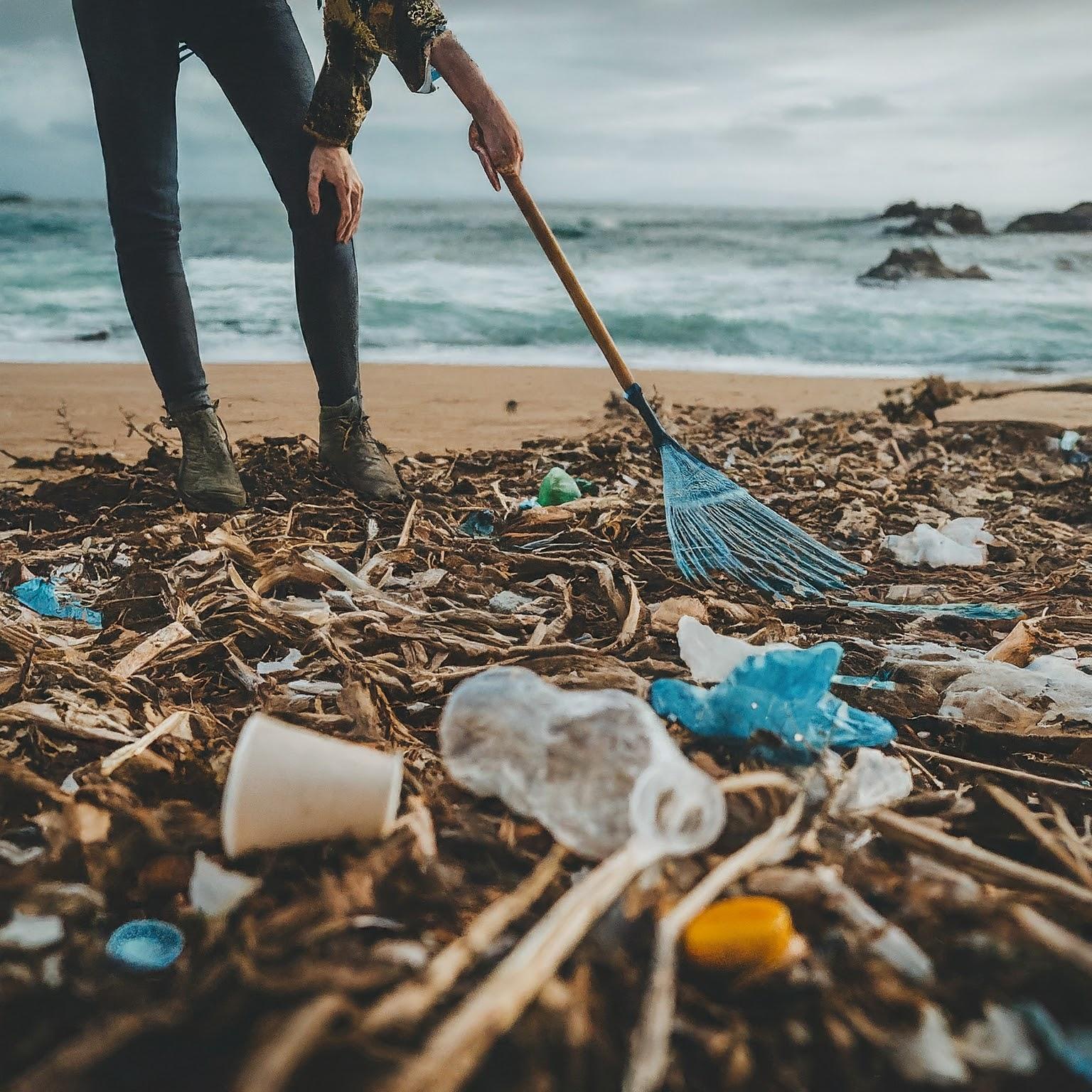Plastic pollution has emerged as one of the most pressing environmental challenges of our time. Since its widespread adoption in the mid-20th century, plastic has permeated every aspect of modern life, from packaging and consumer goods to medical supplies and construction materials. While its durability and versatility have made it indispensable, these same properties have led to an environmental crisis of global proportions.
The Scale of the Problem
Each year, millions of tons of plastic waste are generated, with a significant portion ending up in oceans, rivers, and other natural environments. According to estimates, around 8 million metric tons of plastic enter the oceans annually, forming vast floating garbage patches, such as the Great Pacific Garbage Patch. This plastic debris not only mars the beauty of our natural landscapes but also poses severe threats to wildlife. Marine animals, including fish, seabirds, and turtles, often mistake plastic for food, leading to ingestion and, in many cases, death. Microplastics, tiny fragments of broken-down plastic, have infiltrated the food chain, posing potential health risks to humans.
Contributing Factors
Several factors contribute to the growing plastic pollution crisis. The single-use plastic culture, characterized by items like straws, bags, and bottles, is a significant driver. These products are often used for just a few minutes but can persist in the environment for hundreds of years. Additionally, inadequate waste management systems in many parts of the world lead to improper disposal and increased plastic leakage into natural environments. Even in regions with advanced waste management, recycling rates remain low, with much of the plastic waste ending up in landfills or incinerated.
The Global Response
In recent years, awareness of plastic pollution has surged, leading to global efforts to address the issue. Governments, NGOs, and the private sector are working together to develop and implement strategies to reduce plastic waste. Bans and restrictions on single-use plastics have been enacted in several countries, prompting businesses to explore sustainable alternatives. Public awareness campaigns are also playing a crucial role in changing consumer behavior, encouraging people to reduce their plastic usage and opt for reusable products.
Solutions and the Way Forward
Combating plastic pollution requires a multifaceted approach. First and foremost, reducing plastic production and consumption is essential. This can be achieved through the promotion of alternatives such as biodegradable materials and by encouraging circular economy practices, where products are designed for reuse and recycling. Improving waste management infrastructure, particularly in developing countries, is also critical to prevent plastic leakage into the environment. Additionally, investing in innovative technologies for plastic recycling and cleanup efforts can help mitigate the existing pollution.
Conclusion
Plastic pollution is a global crisis that demands urgent action. By adopting sustainable practices, improving waste management, and fostering innovation, we can combat this environmental threat and pave the way for a cleaner, healthier planet. The responsibility lies with all of us—governments, businesses, and individuals—to act now before the plastic tide overwhelms us.

